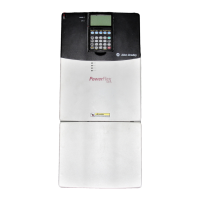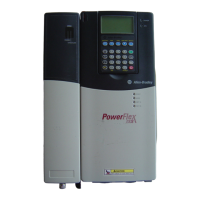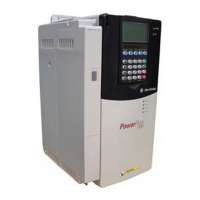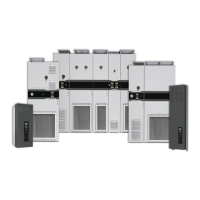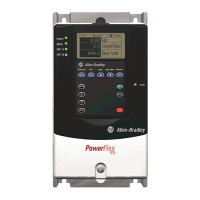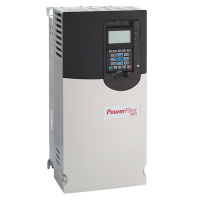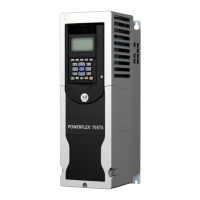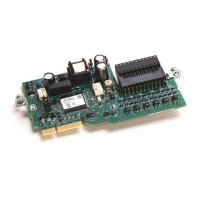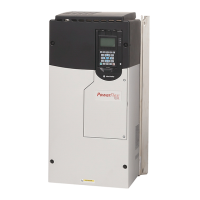52 Rockwell Automation Publication 7000-UM202D-EN-P - May 2018
Chapter 2 Power Component Definition and Maintenance
6. Install the new capacitor, sliding it back until it fits into the slot. Fasten
the front bracket.
7. Reconnect all the power cables and the ground connection. These use
M14 hardware, but should only be tightened to 30 N•m (22 lb•ft) due
to capacitor mechanical constraints. You may want to fasten these
connections before fully sliding the capacitor into place depending on
the available space.
8. Follow the instruction labels on each capacitor to tighten the terminal
connections.
9. Reinstall the removed sheet metal, and complete one final check to
ensure connections are secure and correct.
Testing Filter Capacitors
There are two ways to test line filter capacitors. Rockwell Automation
recommends the first method as it reduces the chance of re-torque issues
because the capacitors are not disconnected. If the readings are unsatisfactory,
the second method is more accurate, but involves disconnecting and testing
them individually.
First Method
1. Ensure there is no power to the equipment.
2. Follow appropriate safety steps to isolate the equipment from medium
voltage.
3. Verify that there is no voltage present on the capacitor by using a hot
stick or any other appropriate voltage-measuring device.
4. Perform visual inspection to ensure there is no oil leak or bulge in any of
the capacitors.
ATTENTION: The porcelain bushings are extremely fragile and any force
applied to the bushings can damage the seal between the bushing and the
body causing potential leaks or chipping.
ATTENTION: To prevent electrical shock, disconnect the main power before
working on the drive. Verify that all circuits are voltage-free using a hot stick
or appropriate voltage-measuring device. Failure to do so may result in injury
or death.
ATTENTION: Verify the load is not running due to process. A freewheeling
motor can generate voltage that feeds back to the equipment.
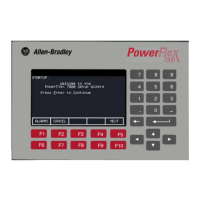
